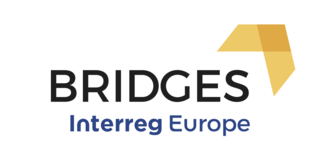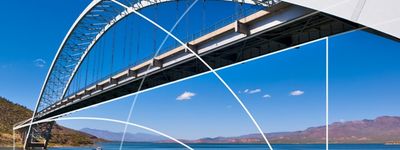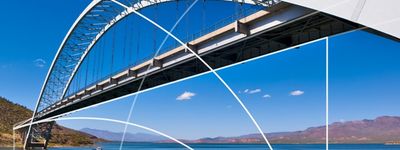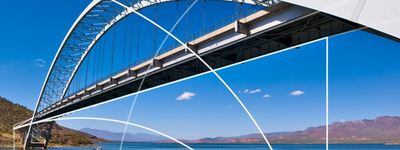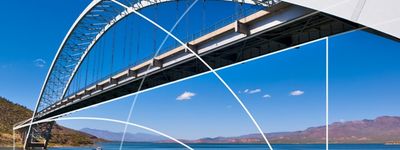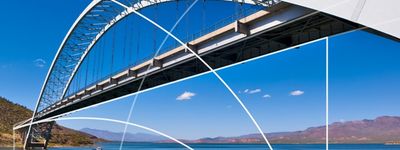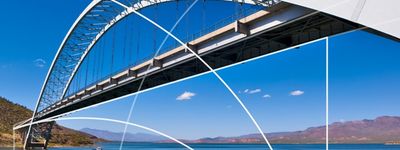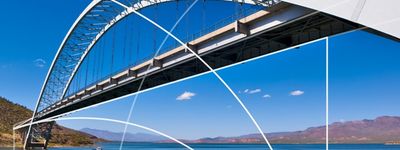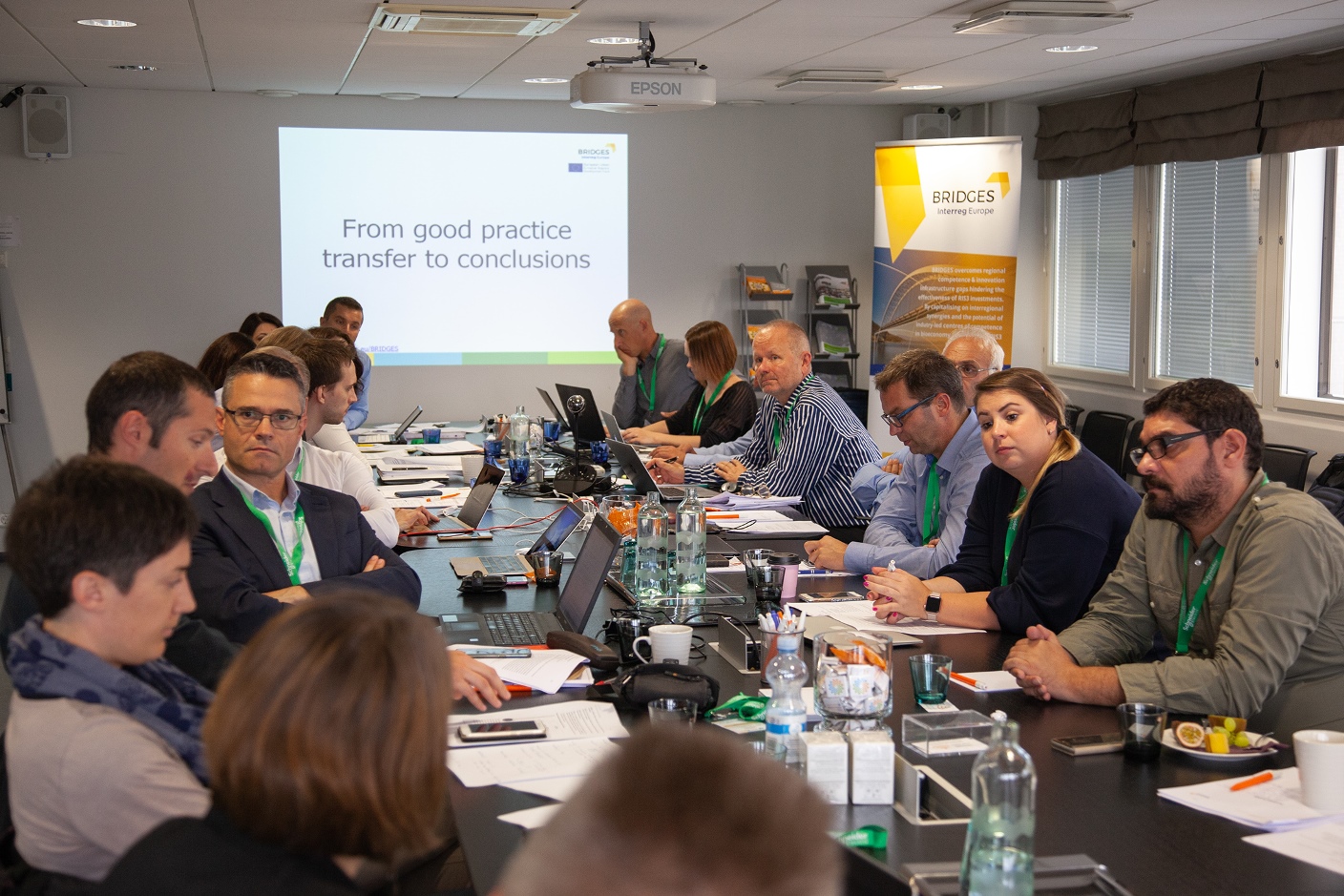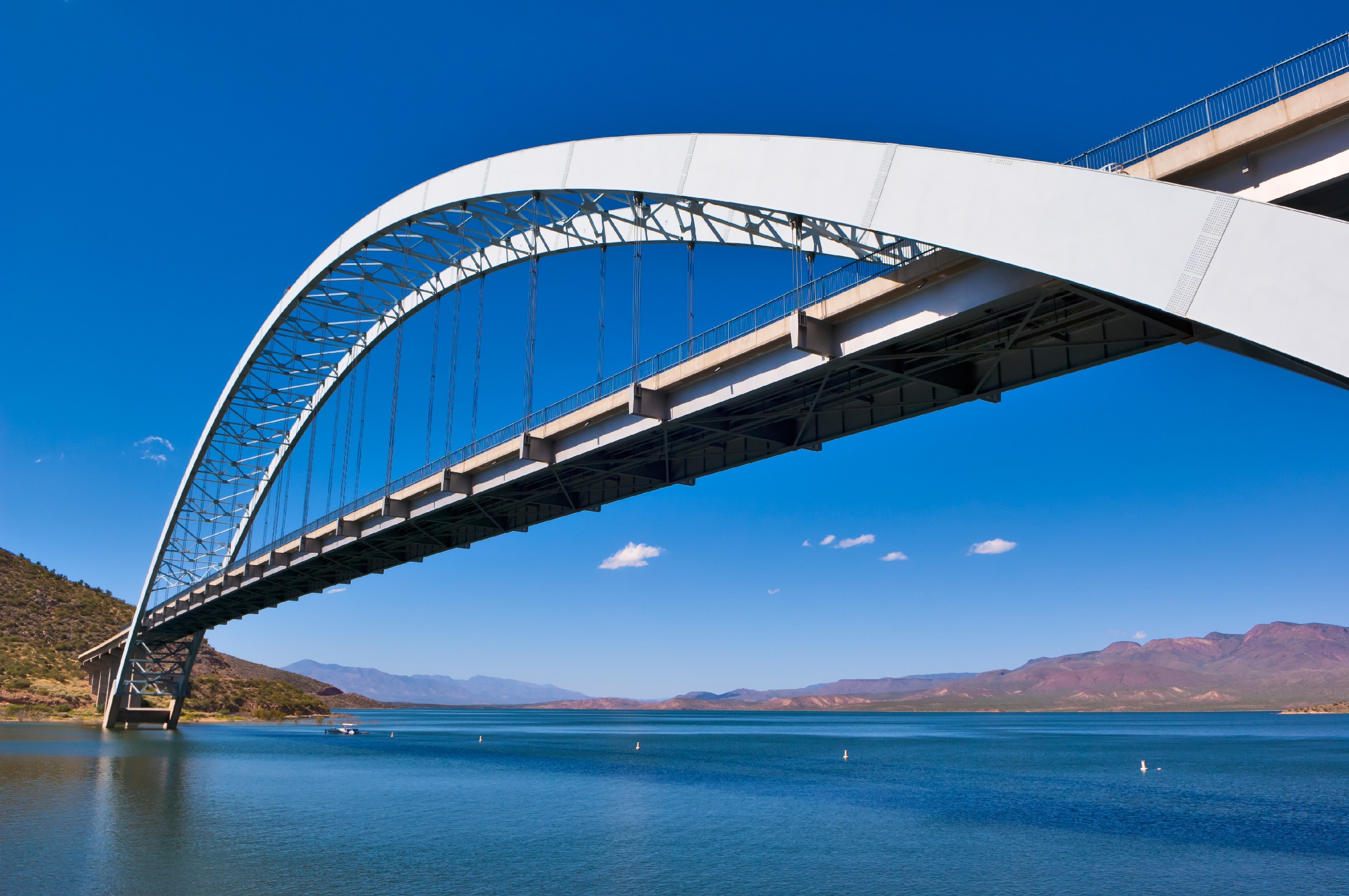Humanity is learning again how to live in partnership with nature even though there is the constant need for profit and growth. Bioeconomy is the sector that has to follow the principles of circular economy and the case of aquaculture subsector selected in Slovenia is a good example to study, develop and also learn from. It is also one of the priorities of Slovenian RIS3 strategy that Soča Valley Development Centre addresses as the Bridges project partner.
The Soča river with its tributaries has its own basin that eventually ends in the Adriatic Sea. Many animal species are therefore endemic and there are also two of very important fish species that were endangered in the past due to anthropogenic interference. The first one is Adriatic grayling and the other one is famous marble trout that has been a part of a more then 20 years-long repopulation programme. This is still an ongoing process and a part of a long term partnership of many experts from different countries supported by The Angling Club of Tolmin.
Marble trout is nowadays again the master of the rivers and it represents one of the big challenges for anglers coming from all over the world. The “catch and release” system combined with the efforts of the angling club was able not only to improve the state of the ecosystem, but to build a tourism product with one of the highest added values.
Moreover, it was possible to combine repopulation with aquaculture that enabled the use of marble trout in cuisine as well.
The challenge in Bridges project is to bring together all the stakeholders in the process and to build on past experiences, present challenges and to try to extend the existing value added chain. The establishment of the Centre of Excellence will allow the participants to build a long term partnership and to disseminate knowledge and findings in a constant process linking experts and practitioners for a common benefit. Furthermore, Bridges already made it possible to establish cooperation with Finnish National Institute for Natural Resources LUKE. Currently, a new project proposal is being prepared to allow the process to continue, secure funding and upgrade the current knowledge. It will build on knowledge coming from various areas and also from the so called Kantola good practice example that was presented in the project by Kainuu region from Finland.
The selected partnership will later apply for CLLD (community led local development) funding in one of the future calls of the Local Action Group Soča Valley. This will be a direct follow up project that will implement the action plan developed in Bridges project.
